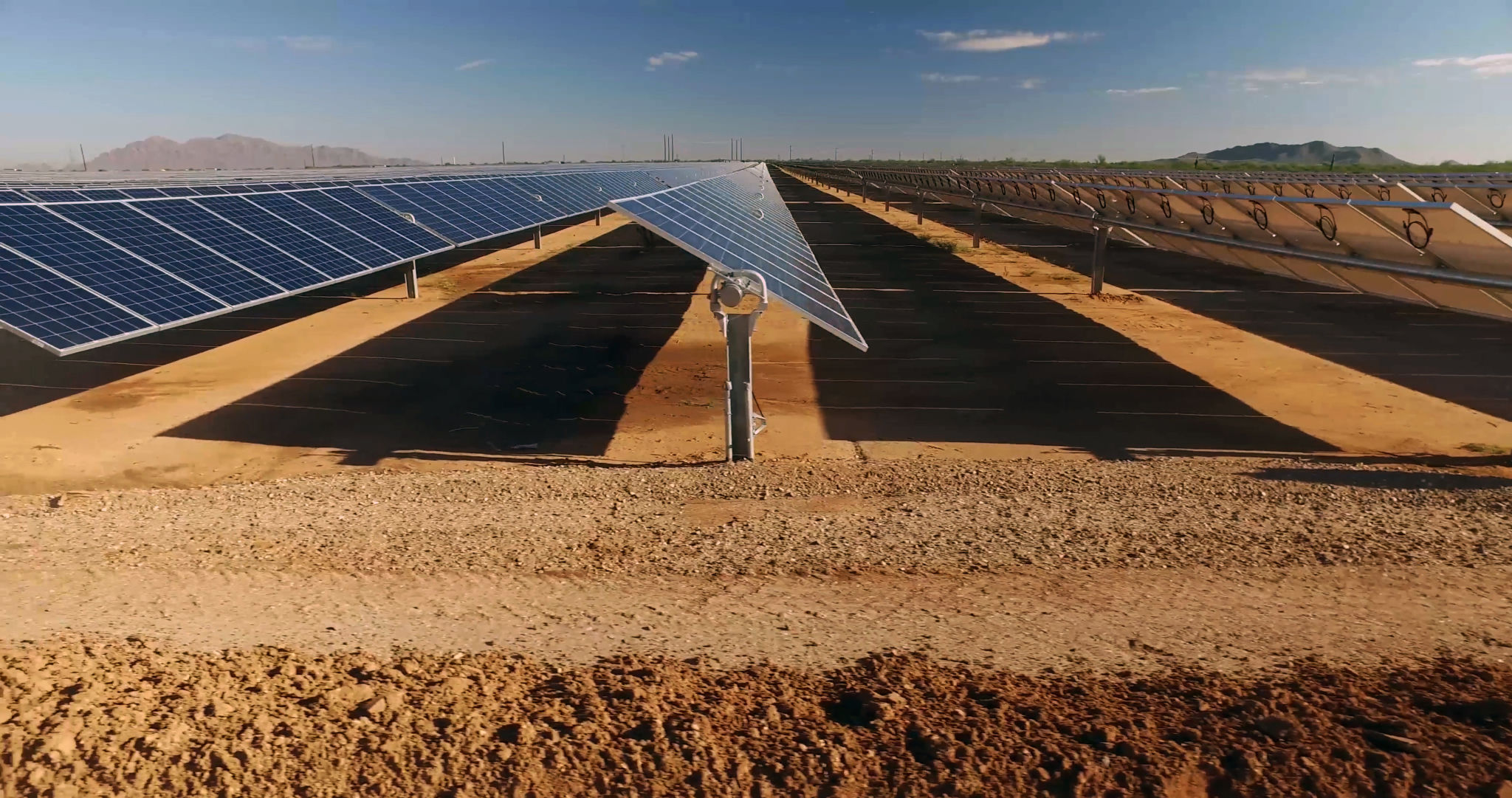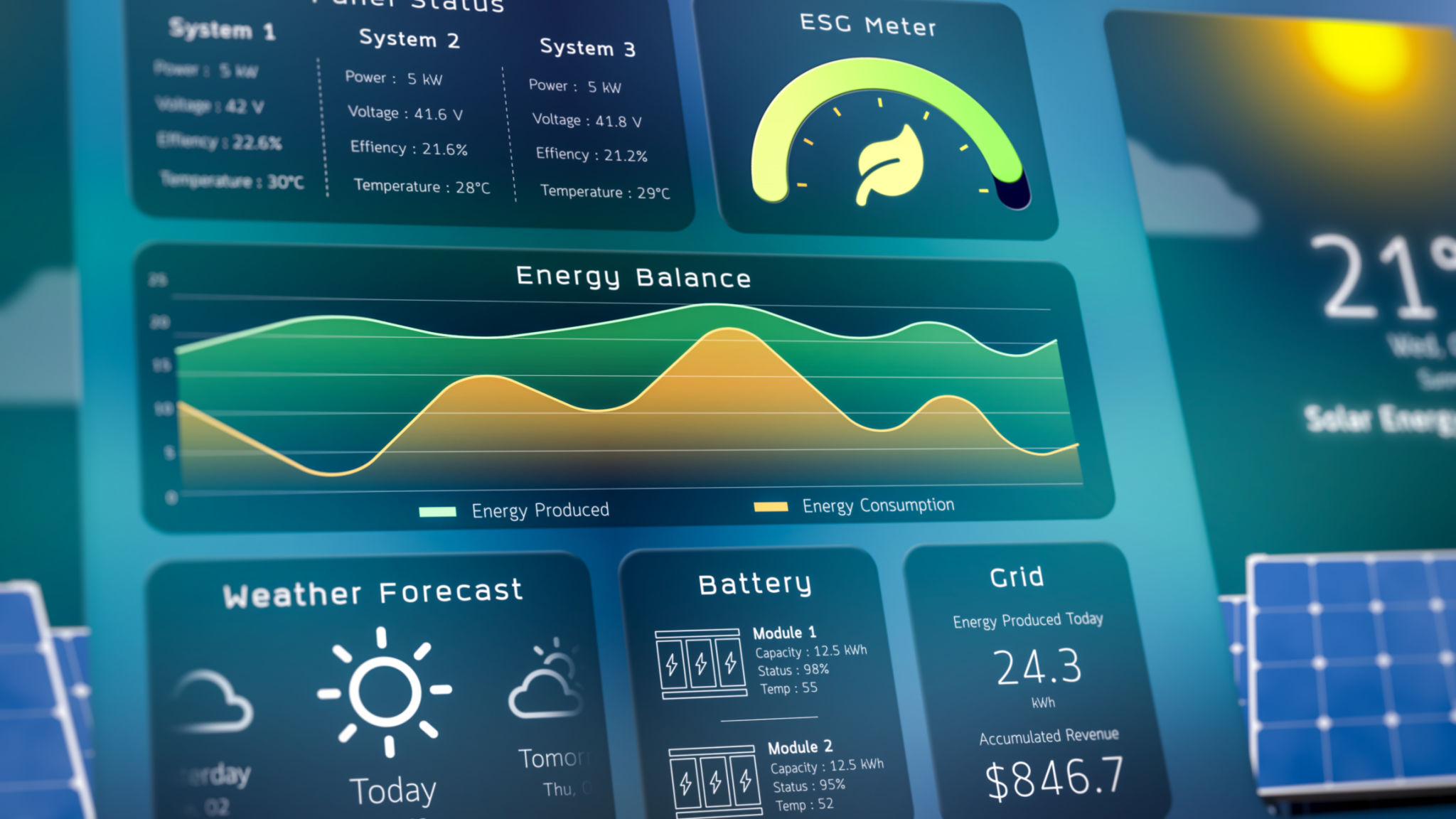The Ultimate Guide to Solar Monitoring Equipment for Remote Areas
Introduction to Solar Monitoring Equipment
As the demand for sustainable energy solutions grows, solar power has emerged as a viable option, especially in remote areas where traditional power grids are not feasible. To ensure the efficiency and reliability of solar systems, the use of solar monitoring equipment is essential. This guide explores everything you need to know about solar monitoring equipment for remote areas, helping you make informed decisions.
Solar monitoring systems provide real-time data and insights into the performance of solar panels. They help in identifying issues quickly and optimizing energy production. For remote areas, these systems are even more critical, ensuring that solar installations are operating at their peak efficiency without the need for frequent physical inspections.

Key Components of Solar Monitoring Systems
Understanding the components involved in a solar monitoring system is crucial. Here are the primary elements:
- Data Logger: Collects data from solar panels and inverters to monitor performance metrics.
- Sensors: Measure various parameters such as temperature, sunlight intensity, and panel cleanliness.
- Communication Module: Transmits data from the site to a centralized monitoring platform, often via cellular or satellite networks.
- Monitoring Software: Provides a user interface for data analysis and reporting, accessible from anywhere with internet connectivity.
Each component plays a vital role in ensuring the solar system's efficiency and longevity. For remote areas, robust communication modules are particularly important to maintain a consistent data flow.
Benefits of Solar Monitoring in Remote Areas
Implementing solar monitoring equipment in remote areas offers several benefits:
- Improved Performance: Continuous monitoring helps identify underperforming solar panels or inverters, allowing for timely interventions.
- Cost Savings: By minimizing the need for on-site inspections and maintenance visits, operational costs are significantly reduced.
- Enhanced Reliability: Real-time alerts ensure that any issues are addressed promptly, reducing downtime and energy loss.

These benefits contribute to a more reliable and efficient solar energy system, which is crucial for communities relying solely on solar power.
Choosing the Right Monitoring System
Selecting the right solar monitoring equipment depends on several factors, including the size of your installation, budget, and specific needs. Here are some tips to consider:
- Scalability: Ensure that the system can handle future expansions if you plan to increase your solar capacity.
- Compatibility: Check that the monitoring system is compatible with your existing solar equipment.
- User-Friendly Interface: The software should be intuitive and easy to navigate for seamless data analysis.
By considering these factors, you can choose a system that provides maximum value and efficiency for your remote solar installation.
Conclusion
Solar monitoring equipment is indispensable for maximizing the performance and reliability of solar power systems in remote areas. By understanding the key components and benefits, as well as selecting the right system for your needs, you can ensure continuous energy production and contribute to sustainable development. Investing in a quality monitoring system not only enhances operational efficiency but also provides peace of mind knowing that your solar power setup is under constant surveillance and optimization.

